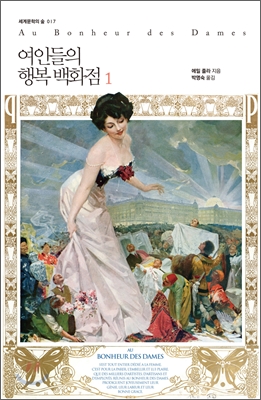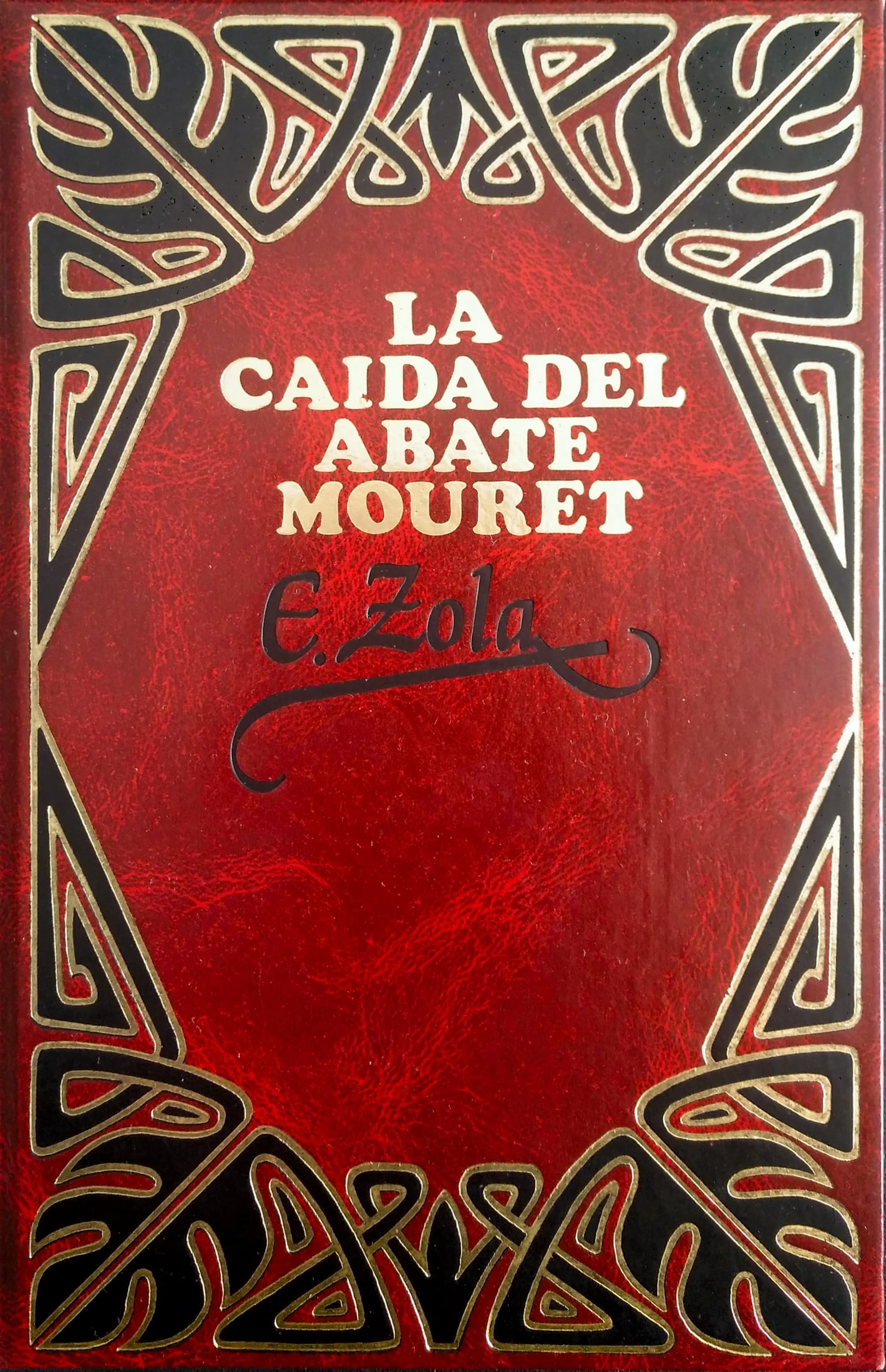
Part of Series
<출판사 책 소개> 세계 최초의 백화점 ‘봉 마르셰’를 모델로, 백화점의 발전상에 따른 사회적 명암과 이를 둘러싼 다양한 인간 군상들의 모습을 완벽하게 그려낸 소설 『여인들의 행복백화점』은 에밀 졸라가 처음으로 ‘사회의 진보’라는 문제에 관해 적극적인 관심을 드러내며, 자본주의를 소설의 강력한 장치로 활용한 작품이다. 이 소설에서는 백화점이 배경의 역할에 머무르는 것을 뛰어넘어 이야기를 이끌어가는 실질적인 주인공으로 기능한다. 에밀 졸라는 이미 이 작품을 통해 현대 백화점의 전략들과 자본주의의 매커니즘을 상세히 묘사했다. 실제로 이 작품에는 정가제, 세일, 미끼 상품, 반품, 통신판매, 직원 성과급, 음료 서비스, 광고, 포스터, 백색 대전시회, 아동 마케팅, 경품 증정 등 현재의 백화점이 사용하는 대부분의 전략이 포함되어 있다. 이뿐만 아니라 계절과 시간에 따라 달라지는 백화점의 모습, 혁신적인 건축양식과 실내장식, 매장의 분위기와 판매원들 간의 관계, 쇼핑객들의 모습과 고객과 판매원과의 관계 등도 상세히 묘사했다. 이런 다큐멘터리적인 면모로 인해 독자들은 19세기 파리 사람들의 삶을 생생하게 그려볼 수 있다. 또한 그는 진보 지식인으로서 백화점의 ‘화려함’ 뒤의 그늘에도 공평한 시선을 보내고 있다. 무슈 보뒤, 부라 영감 등으로 대표되는 백화점 주변 영세 상인들의 몰락, 백화점 근로자들의 지위 향상이나 노동 환경의 개선에 노력을 기울이는 여주인공 드니즈의 모습 등을 통해서 백화점이라는 존재의 다양한 양상을 드러내 보인다. 또한 그의 일반적인 소설들이 삶의 비참함과 빈곤, 우울함을 그려냈다면, 이 작품은 그의 소설들 중 유일하게 해피엔딩으로 끝맺으며, 삶과 행위의 기쁨을 그리고자 하는 작가의 적극적인 의지가 반영되고 있다.
Authors

Émile François Zola was an influential French novelist, the most important example of the literary school of naturalism, and a major figure in the political liberalization of France. More than half of Zola's novels were part of a set of 20 books collectively known as Les Rougon-Macquart. Unlike Balzac who in the midst of his literary career resynthesized his work into La Comédie Humaine, Zola from the start at the age of 28 had thought of the complete layout of the series. Set in France's Second Empire, the series traces the "environmental" influences of violence, alcohol and prostitution which became more prevalent during the second wave of the Industrial Revolution. The series examines two branches of a family: the respectable (that is, legitimate) Rougons and the disreputable (illegitimate) Macquarts for five generations. As he described his plans for the series, "I want to portray, at the outset of a century of liberty and truth, a family that cannot restrain itself in its rush to possess all the good things that progress is making available and is derailed by its own momentum, the fatal convulsions that accompany the birth of a new world." Although Zola and Cézanne were friends from childhood, they broke in later life over Zola's fictionalized depiction of Cézanne and the Bohemian life of painters in his novel L'Œuvre (The Masterpiece, 1886). From 1877 with the publication of L'Assommoir, Émile Zola became wealthy, he was better paid than Victor Hugo, for example. He became a figurehead among the literary bourgeoisie and organized cultural dinners with Guy de Maupassant, Joris-Karl Huysmans and other writers at his luxurious villa in Medan near Paris after 1880. Germinal in 1885, then the three 'cities', Lourdes in 1894, Rome in 1896 and Paris in 1897, established Zola as a successful author. The self-proclaimed leader of French naturalism, Zola's works inspired operas such as those of Gustave Charpentier, notably Louise in the 1890s. His works, inspired by the concepts of heredity (Claude Bernard), social manichaeism and idealistic socialism, resonate with those of Nadar, Manet and subsequently Flaubert.

